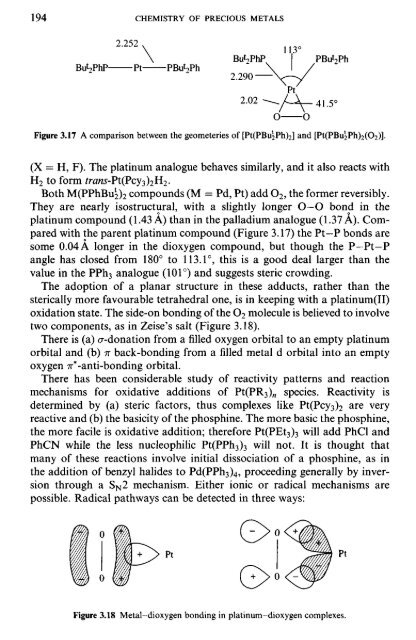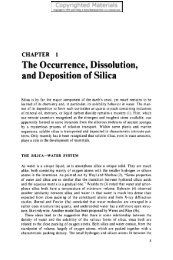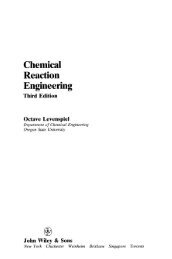Chemistry of Precious Metals - CNTQ
Chemistry of Precious Metals - CNTQ
Chemistry of Precious Metals - CNTQ
You also want an ePaper? Increase the reach of your titles
YUMPU automatically turns print PDFs into web optimized ePapers that Google loves.
Figure 3.17 A comparison between the geometeries <strong>of</strong> [Pt(PBu^Ph)2] and [Pt(PBu2Ph)2(O2)].<br />
(X = H, F). The platinum analogue behaves similarly, and it also reacts with<br />
H2 to form /7Ym1S-Pt(PCy3)2 H2.<br />
Both M(PPhBu2)2 compounds (M = Pd, Pt) add O2, the former reversibly.<br />
They are nearly isostructural, with a slightly longer O—O bond in the<br />
platinum compound (1.43 A) than in the palladium analogue (1.37 A). Compared<br />
with the parent platinum compound (Figure 3.17) the Pt-P bonds are<br />
some 0.04 A longer in the dioxygen compound, but though the P—Pt-P<br />
angle has closed from 180° to 113.1°, this is a good deal larger than the<br />
value in the PPh3 analogue (101°) and suggests steric crowding.<br />
The adoption <strong>of</strong> a planar structure in these adducts, rather than the<br />
sterically more favourable tetrahedral one, is in keeping with a platinum(II)<br />
oxidation state. The side-on bonding <strong>of</strong> the O2 molecule is believed to involve<br />
two components, as in Zeise's salt (Figure 3.18).<br />
There is (a) a-donation from a filled oxygen orbital to an empty platinum<br />
orbital and (b) TT back-bonding from a filled metal d orbital into an empty<br />
oxygen TT*-anti-bonding orbital.<br />
There has been considerable study <strong>of</strong> reactivity patterns and reaction<br />
mechanisms for oxidative additions <strong>of</strong> Pt(PR3 )„ species. Reactivity is<br />
determined by (a) steric factors, thus complexes like Pt(Pcy3)2 are very<br />
reactive and (b) the basicity <strong>of</strong> the phosphine. The more basic the phosphine,<br />
the more facile is oxidative addition; therefore Pt(PEt3)3 will add PhCl and<br />
PhCN while the less nucleophilic Pt(PPh3)3 will not. It is thought that<br />
many <strong>of</strong> these reactions involve initial dissociation <strong>of</strong> a phosphine, as in<br />
the addition <strong>of</strong> benzyl halides to Pd(PPh3)4, proceeding generally by inversion<br />
through a SN2 mechanism. Either ionic or radical mechanisms are<br />
possible. Radical pathways can be detected in three ways:<br />
Figure 3.18 Metal-dioxygen bonding in platinum-dioxygen complexes.







